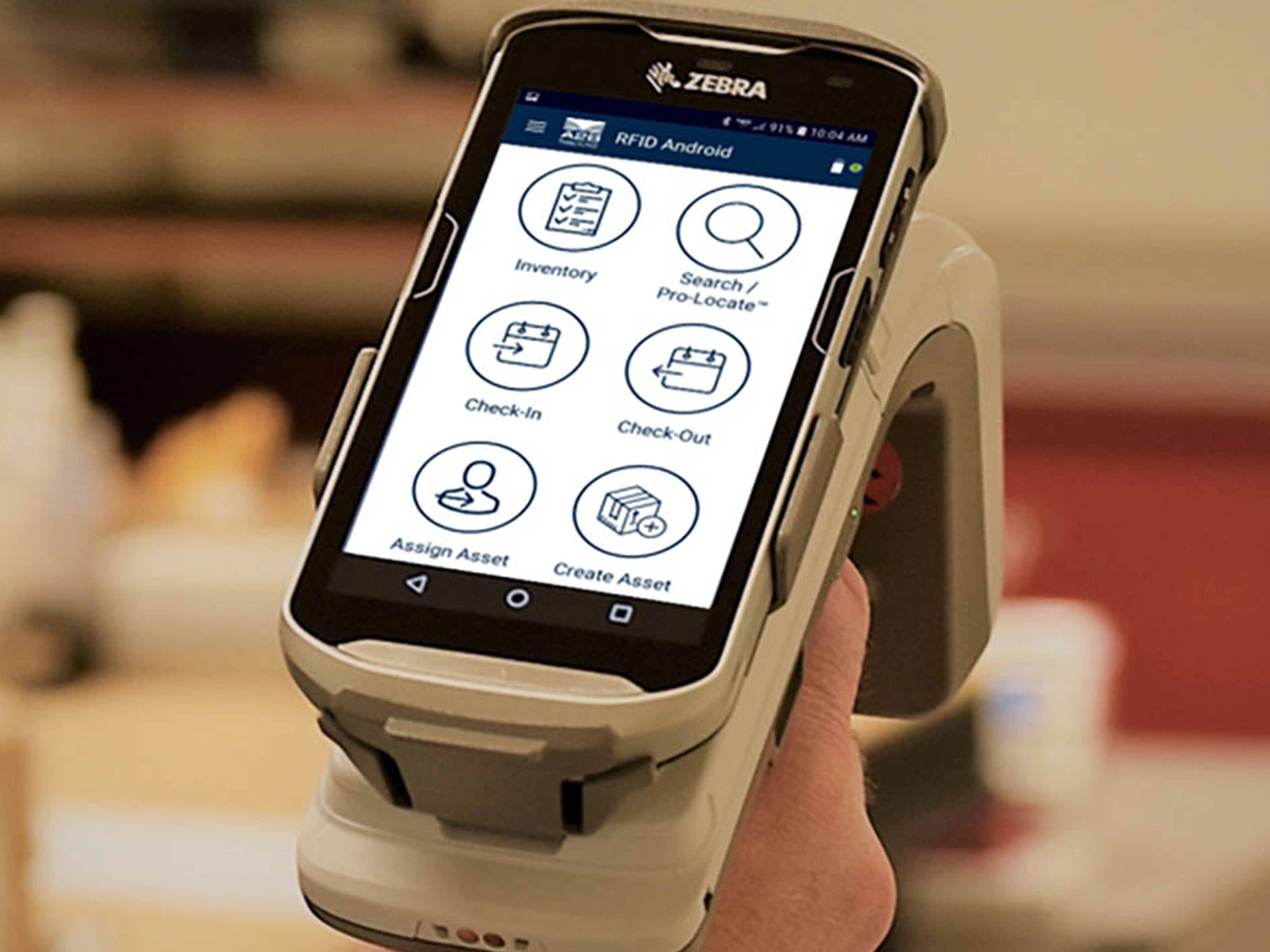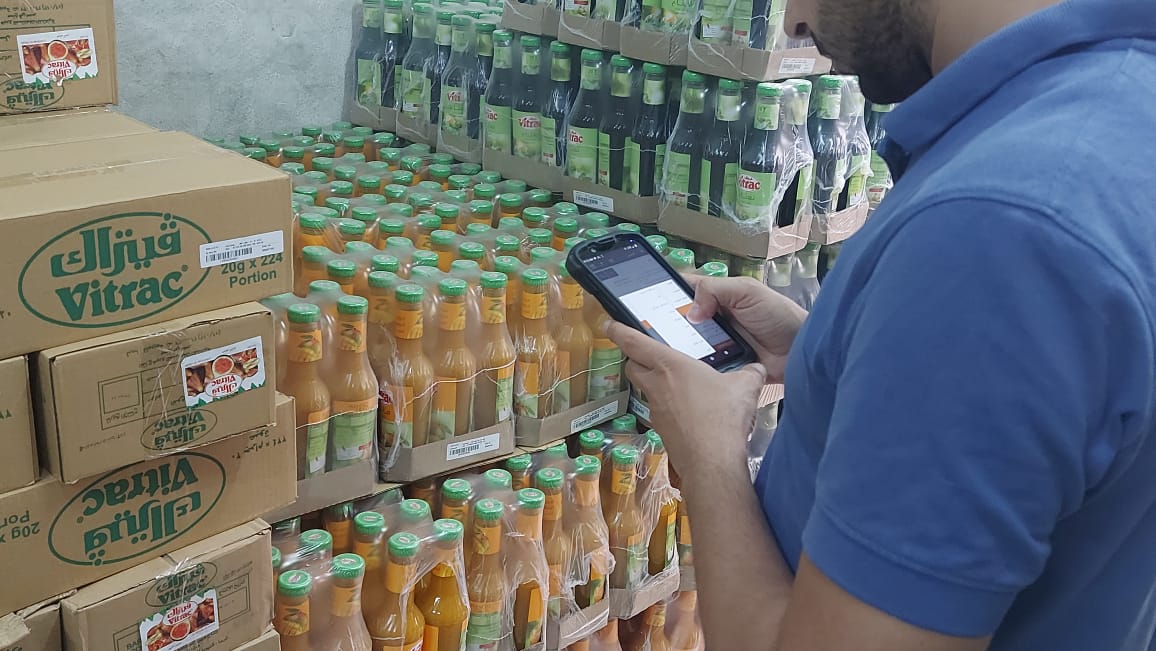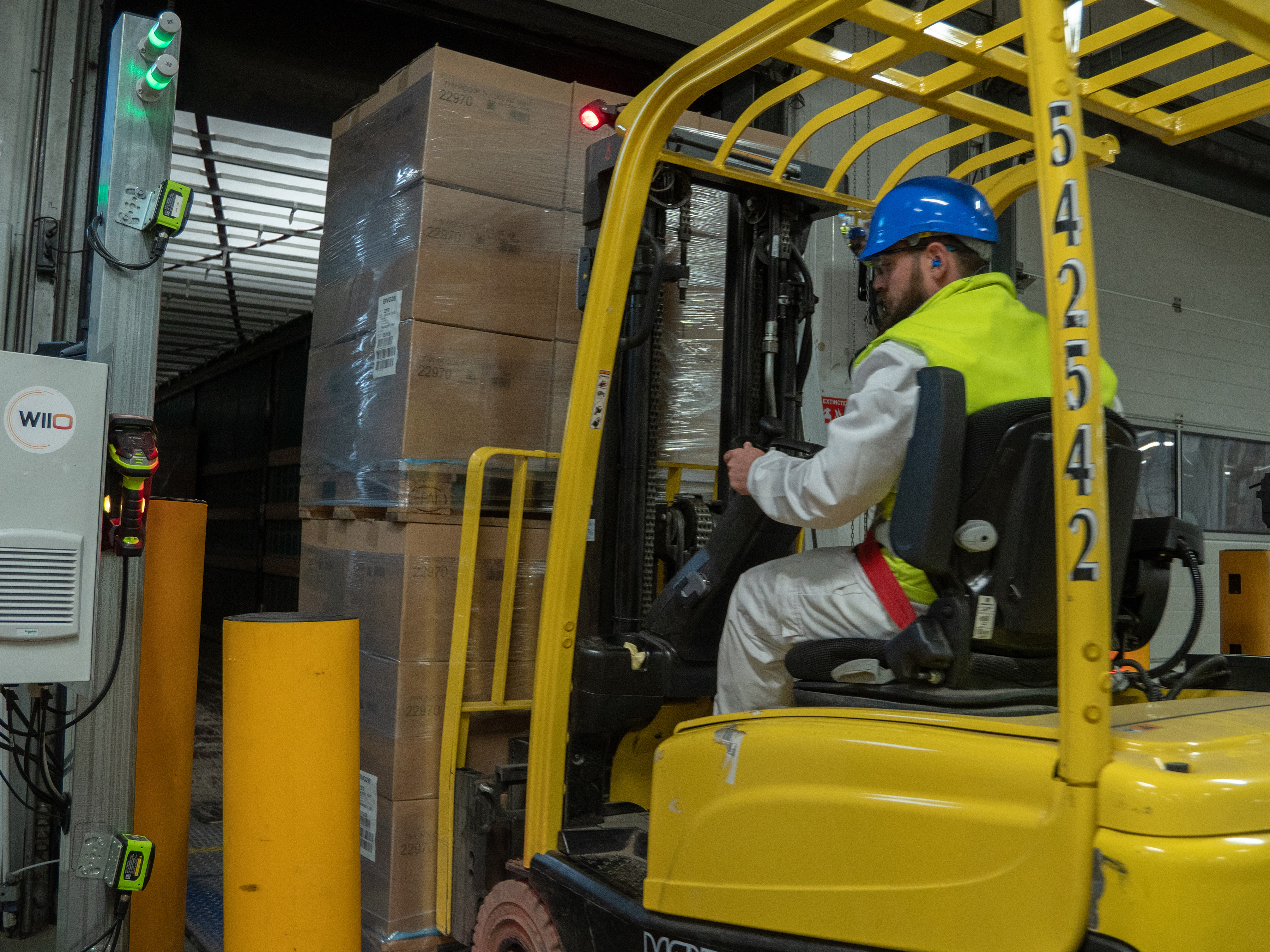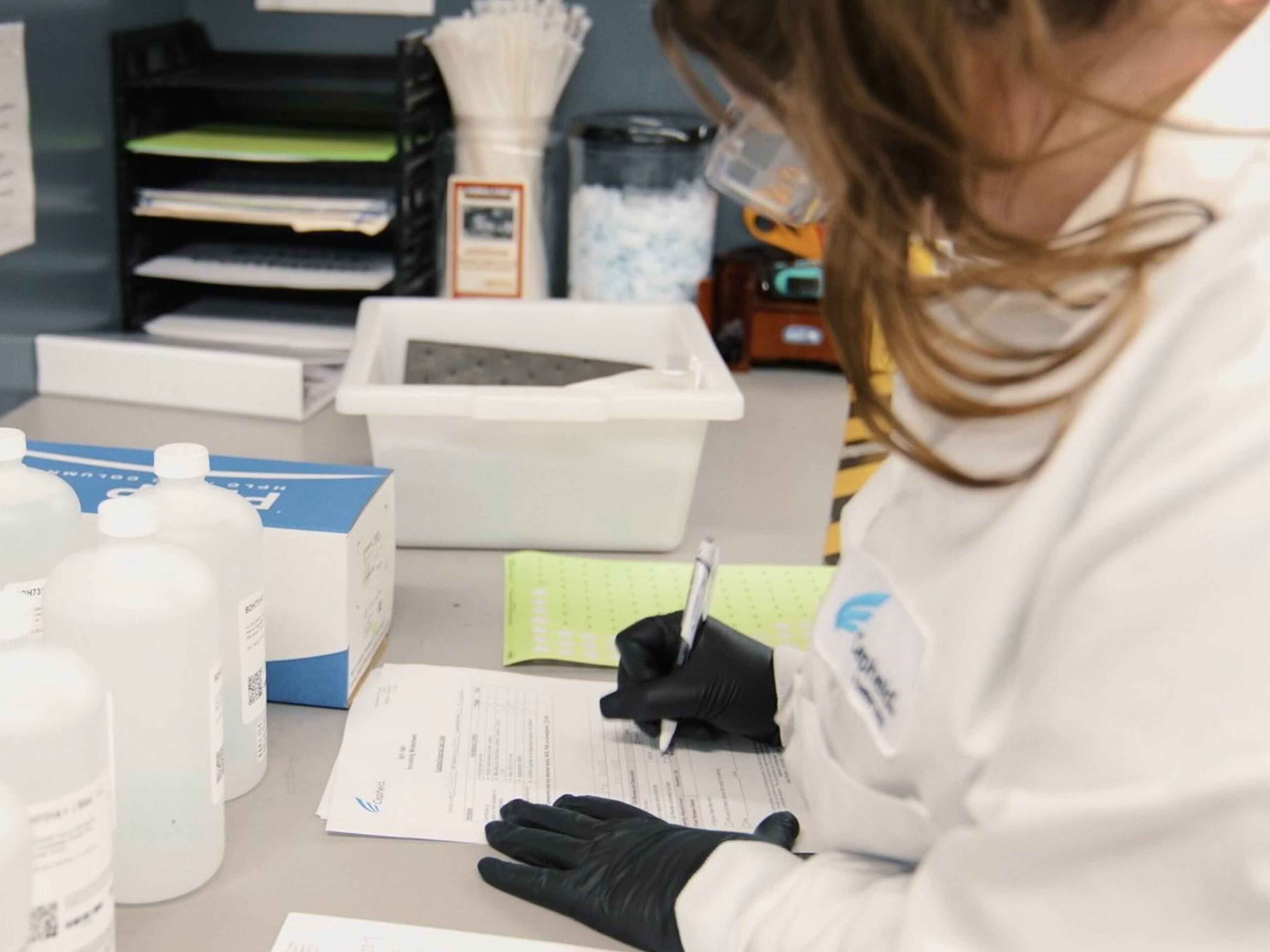Transform retail operations with Zebra’s retail technology solutions, featuring hardware and software for improving inventory management and empowering teams.
Streamline operations with Zebra’s healthcare technology solutions, featuring hardware and software to improve staff collaboration and optimize workflows.
Enhance processes with Zebra’s manufacturing technology solutions, featuring hardware and software for automation, data analysis, and factory connectivity.
Zebra’s transportation and logistics technology solutions feature hardware and software for enhancing route planning, visibility, and automating processes.
Learn how Zebra's public sector technology solutions empower state and local governments to improve efficiency with asset tracking and data capture devices.
Zebra's hospitality technology solutions equip your hotel and restaurant staff to deliver superior customer and guest service through inventory tracking and more.
Zebra's market-leading solutions and products improve customer satisfaction with a lower cost per interaction by keeping service representatives connected with colleagues, customers, management and the tools they use to satisfy customers across the supply chain.
Empower your field workers with purpose-driven mobile technology solutions to help them capture and share critical data in any environment.
Zebra's range of Banking technology solutions enables banks to minimize costs and to increase revenue throughout their branch network. Learn more.
Zebra's range of mobile computers equip your workforce with the devices they need from handhelds and tablets to wearables and vehicle-mounted computers.
Zebra's desktop, mobile, industrial, and portable printers for barcode labels, receipts, RFID tags and cards give you smarter ways to track and manage assets.
Zebra's 1D and 2D corded and cordless barcode scanners anticipate any scanning challenge in a variety of environments, whether retail, healthcare, T&L or manufacturing.
Zebra's extensive range of RAIN RFID readers, antennas, and printers give you consistent and accurate tracking.
Choose Zebra's reliable barcode, RFID and card supplies carefully selected to ensure high performance, print quality, durability and readability.
Zebra's location technologies provide real-time tracking for your organization to better manage and optimize your critical assets and create more efficient workflows.
Zebra's rugged tablets and 2-in-1 laptops are thin and lightweight, yet rugged to work wherever you do on familiar and easy-to-use Windows or Android OS.
With Zebra's family of fixed industrial scanners and machine vision technologies, you can tailor your solutions to your environment and applications.
Zebra’s line of kiosks can meet any self-service or digital signage need, from checking prices and stock on an in-aisle store kiosk to fully-featured kiosks that can be deployed on the wall, counter, desktop or floor in a retail store, hotel, airport check-in gate, physician’s office, local government office and more.
Adapt to market shifts, enhance worker productivity and secure long-term growth with AMRs. Deploy, redeploy and optimize autonomous mobile robots with ease.
Discover Zebra’s range of accessories from chargers, communication cables to cases to help you customize your mobile device for optimal efficiency.
Zebra's environmental sensors monitor temperature-sensitive products, offering data insights on environmental conditions across industry applications.
Enhance frontline operations with Zebra’s AI software solutions, which optimize workflows, streamline processes, and simplify tasks for improved business outcomes.
Empower your frontline with Zebra Companion AI, offering instant, tailored insights and support to streamline operations and enhance productivity.
The everything you need to rapidly and cost effectively develop high-performance AI vision applications on Zebra mobile computers.
Zebra Workcloud, enterprise software solutions boost efficiency, cut costs, improve inventory management, simplify communication and optimize resources.
Keep labor costs low, your talent happy and your organization compliant. Create an agile operation that can navigate unexpected schedule changes and customer demand to drive sales, satisfy customers and improve your bottom line.
Drive successful enterprise collaboration with prioritized task notifications and improved communication capabilities for easier team collaboration.
Get full visibility of your inventory and automatically pinpoint leaks across all channels.
Reduce uncertainty when you anticipate market volatility. Predict, plan and stay agile to align inventory with shifting demand.
Drive down costs while driving up employee, security, and network performance with software designed to enhance Zebra's wireless infrastructure and mobile solutions.
Explore Zebra’s printer software to integrate, manage and monitor printers easily, maximizing IT resources and minimizing down time.
Make the most of every stage of your scanning journey from deployment to optimization. Zebra's barcode scanner software lets you keep devices current and adapt them to your business needs for a stronger ROI across the full lifecycle.
RFID development, demonstration and production software and utilities help you build and manage your RFID deployments more efficiently.
RFID development, demonstration and production software and utilities help you build and manage your RFID deployments more efficiently.
Zebra DNA is the industry’s broadest suite of enterprise software that delivers an ideal experience for all during the entire lifetime of every Zebra device.
Advance your digital transformation and execute your strategic plans with the help of the right location and tracking technology.
Boost warehouse and manufacturing operations with Symmetry, an AMR software for fleet management of Autonomous Mobile Robots and streamlined automation workflows.
The Zebra Aurora suite of machine vision software enables users to solve their track-and-trace, vision inspection and industrial automation needs.
Zebra Aurora Focus brings a new level of simplicity to controlling enterprise-wide manufacturing and logistics automation solutions. With this powerful interface, it’s easy to set up, deploy and run Zebra’s Fixed Industrial Scanners and Machine Vision Smart Cameras, eliminating the need for different tools and reducing training and deployment time.
Aurora Imaging Library™, formerly Matrox Imaging Library, machine-vision software development kit (SDK) has a deep collection of tools for image capture, processing, analysis, annotation, display, and archiving. Code-level customization starts here.
Aurora Design Assistant™, formerly Matrox Design Assistant, integrated development environment (IDE) is a flowchart-based platform for building machine vision applications, with templates to speed up development and bring solutions online quicker.
Designed for experienced programmers proficient in vision applications, Aurora Vision Library provides the same sophisticated functionality as our Aurora Vision Studio software but presented in programming language.
Aurora Vision Studio, an image processing software for machine & computer vision engineers, allows quick creation, integration & monitoring of powerful OEM vision applications.
Adding innovative tech is critical to your success, but it can be complex and disruptive. Professional Services help you accelerate adoption, and maximize productivity without affecting your workflows, business processes and finances.
Zebra's Managed Service delivers worry-free device management to ensure ultimate uptime for your Zebra Mobile Computers and Printers via dedicated experts.
Find ways you can contact Zebra Technologies’ Support, including Email and Chat, ask a technical question or initiate a Repair Request.
Zebra's Circular Economy Program helps you manage today’s challenges and plan for tomorrow with smart solutions that are good for your budget and the environment.
The Zebra Knowledge Center provides learning expertise that can be tailored to meet the specific needs of your environment.
Zebra has a wide variety of courses to train you and your staff, ranging from scheduled sessions to remote offerings as well as custom tailored to your specific needs.
Build your reputation with Zebra's certification offerings. Zebra offers a variety of options that can help you progress your career path forward.
Build your reputation with Zebra's certification offerings. Zebra offers a variety of options that can help you progress your career path forward.

Ricoh Reduces Inspection Time By 94% with Zebra’s Handheld RFID Readers
Ricoh Co., Ltd., a major Japanese manufacturer of multifunction printers, faced challenges with human error and lengthy inspection times during the product warranty process. To improve efficiency, Ricoh implemented RFID technology to enhance inspection processes.
Zebra Success Story: Ricoh
Overview: Manufacturing Challenge
Ricoh previously relied on inspection methods using SD cards and QR codes. With the introduction of Zebra’s RFD8500 handheld RFID reader, Ricoh has achieved a significant increase in inspection accuracy and a reduction in inspection time, allowing frontline workers to focus on more strategic tasks.
Benefits / Outcomes
- 94% reduction in operation and inspection time
- Improved process and delivery quality
- Contributes to reduction of environmental impact such as reduction of packaging materials
Customer
Ricoh Company, Ltd
Tokyo, Japan
Industry
Manufacturing
Solutions
About Ricoh
Ricoh Company, Ltd. is a major Japanese multifunctional printer (MFP) and copier manufacturer that provides digital services, and printing and image solutions to a global customer base. Ricoh provides digital transformation support for businesses through MFPs, 360° cameras and other unique software solutions. Its goal is to help other companies maximize business results.
When shipping MFPs, Ricoh performs logistics processing (logistics base + manufacturing base) to improve delivery quality. Instead of assembling products at the customer's site after delivery, Ricoh tailors and assembles products in advance, set to each customer's requirements and then ships directly. This helps improve delivery efficiency, and reduces the amount of packaging materials needed for shipment, thus reducing impact on the environment. In this workflow, many different types of jigs and tools are used for product assembly, and it’s important to conduct periodic inspections to ensure consistent tool quality.
The Challenge
Previously, SD cards were used to install and inspect data inside the delivered products. The number of cards required depends on the product model. Some need as few as three, others require as many as 40. A production line for multiple models requires the management of a considerable number of cards. Prior to 2018, the system was managed and operated by visual checks using paper-based inspection forms. This method was time consuming and prone to manual errors and omissions. To address this issue, QR codes were attached to the SD cards, and inspections were performed using a QR code-reading system. While this method had its benefits, it also took longer than the conventional visual inspections.
We considered readers from three other manufacturers, but considering Zebra readers could also be used in overseas factories, and Zebra is a top global supplier that meets the regulations of each country and has excellent availability and support, we knew they were the best choice.
Yu Furusawa, Head of Digital Products Business Unit, Ricoh
The Solution
Following its previous inspection systems, Ricoh considered ways to further improve operational efficiency. It decided to focus on RFID, which is widely used in logistics and sales. The new inspection system now operates by attaching RFID tags to each SD card, which can be instantly and accurately read by Zebra RFD8500 readers. The RFID reader does not read individual objects like a QR code, it covers an area where many objects are located. The RFD8500 reads all RFID tags at once by holding it over the area where many tags are placed. The readers, equipped with a third-party device and an application that was created in-house, digitalizes the inspection process and reduces the amount of space required for storage of inspection forms.
“In selecting Zebra’s RFID tag reader, we placed importance on its ability to capture tags stably and quickly in any environment,” said Yu Furusawa, Head of Digital Products Business Unit, Ricoh. “Another benefit was its worldwide availability. We considered readers from three other manufacturers, but considering Zebra readers could also be used in overseas factories, and Zebra is a top global supplier that meets the regulations of each country and has excellent availability and support, we knew they were the best choice.”
The following criteria were used as reasons for selection, keeping in mind that the system should be usable on a global basis.
- Multi-OS, multi-platform support
- High-speed capture of RFID tags in diverse environments (Supported standards: EPC Class 1 Gen 2, EPC Gen2 V2)
- Easy switching between RFID scanning and barcode scanning
- Can be deployed worldwide:
Frequency range / RF output
USA: 4.5 to 34.5dBm
Europe: 4.5 to 34.5dBm
Japan (LBT): 4.5 to 33dBm
Japan: 4.5 to 27.5dBm
The Zebra Difference: Outcome and Benefits
The most noticeable results of the new inspection process were a significant reduction in work time and improvement in process quality. The time required to visually check and manually complete the inspection form totaled about 223 minutes per month. Additionally, the time required by the QR code reading system was about 427 minutes per month. The new RFID-based inspection system only requires about 13 minutes per month, a 94% improvement.
In terms of process quality improvement, when inspection sheets were used for visual checks by human operators, there were cases of leakage to the market due to omissions such as removal of SD cards, etc. However, by using RFID and applications to identify inspection results, leakage to the market due to omissions such as removal of SD cards has been eliminated.
Currently, three distribution centers in Japan (Gotemba, Kawasaki and Osaka) are conducting digital inspection with RFID. In addition, the company has adopted Zebra Technologies' RFID handheld reader, which can be used globally, and is aiming to expand its business to overseas bases.
Related Resources
Legal Terms of Use Privacy Policy Supply Chain Transparency
ZEBRA and the stylized Zebra head are trademarks of Zebra Technologies Corp., registered in many jurisdictions worldwide. All other trademarks are the property of their respective owners. ©2025 Zebra Technologies Corp. and/or its affiliates.





